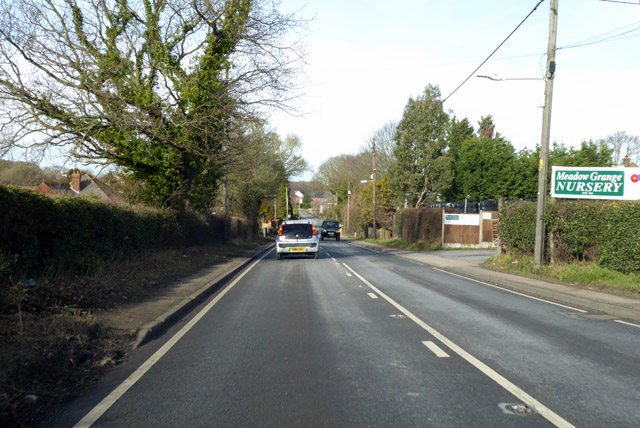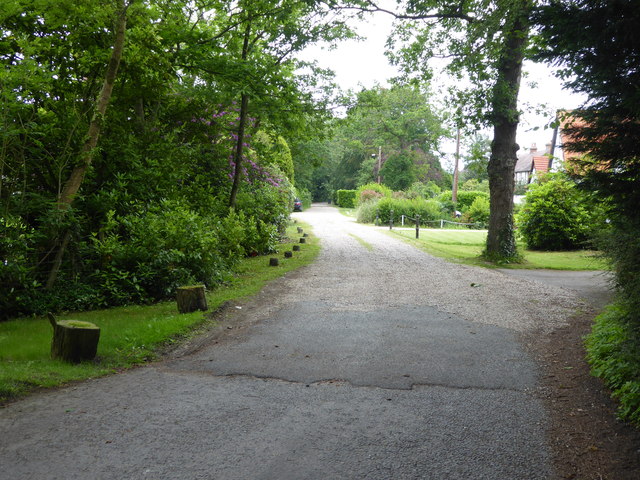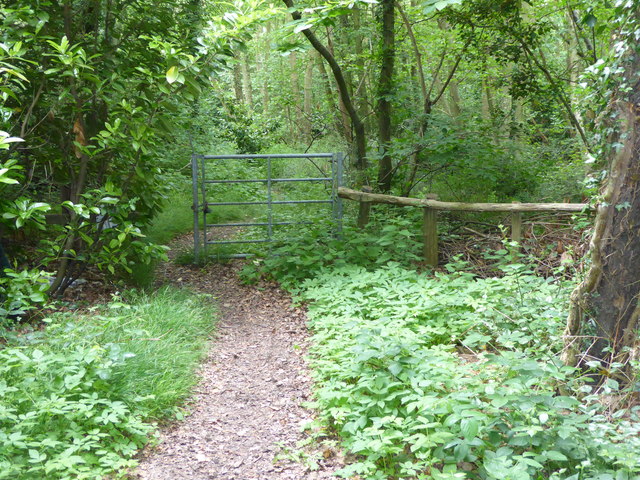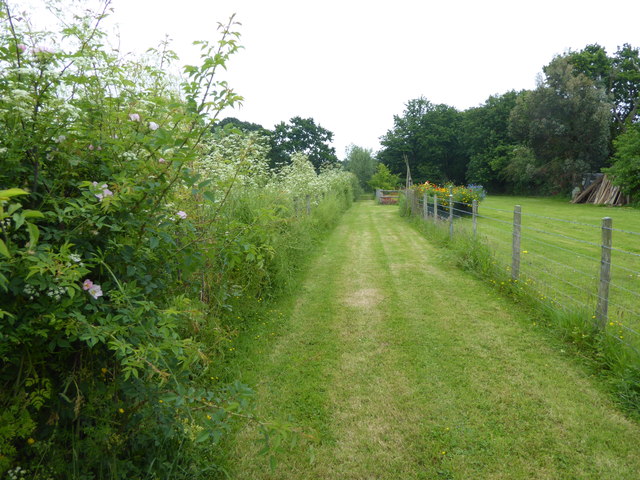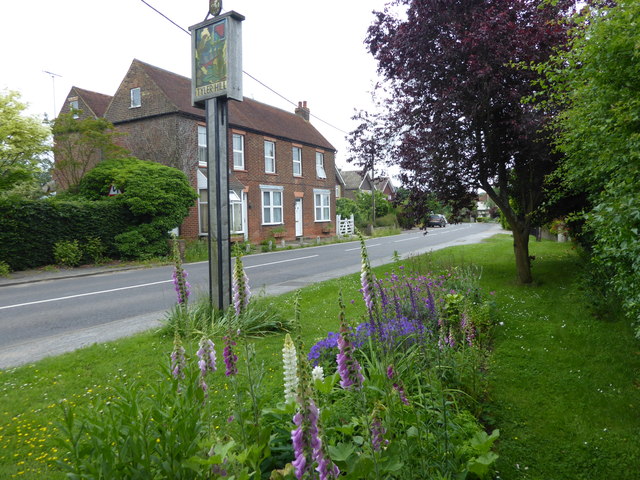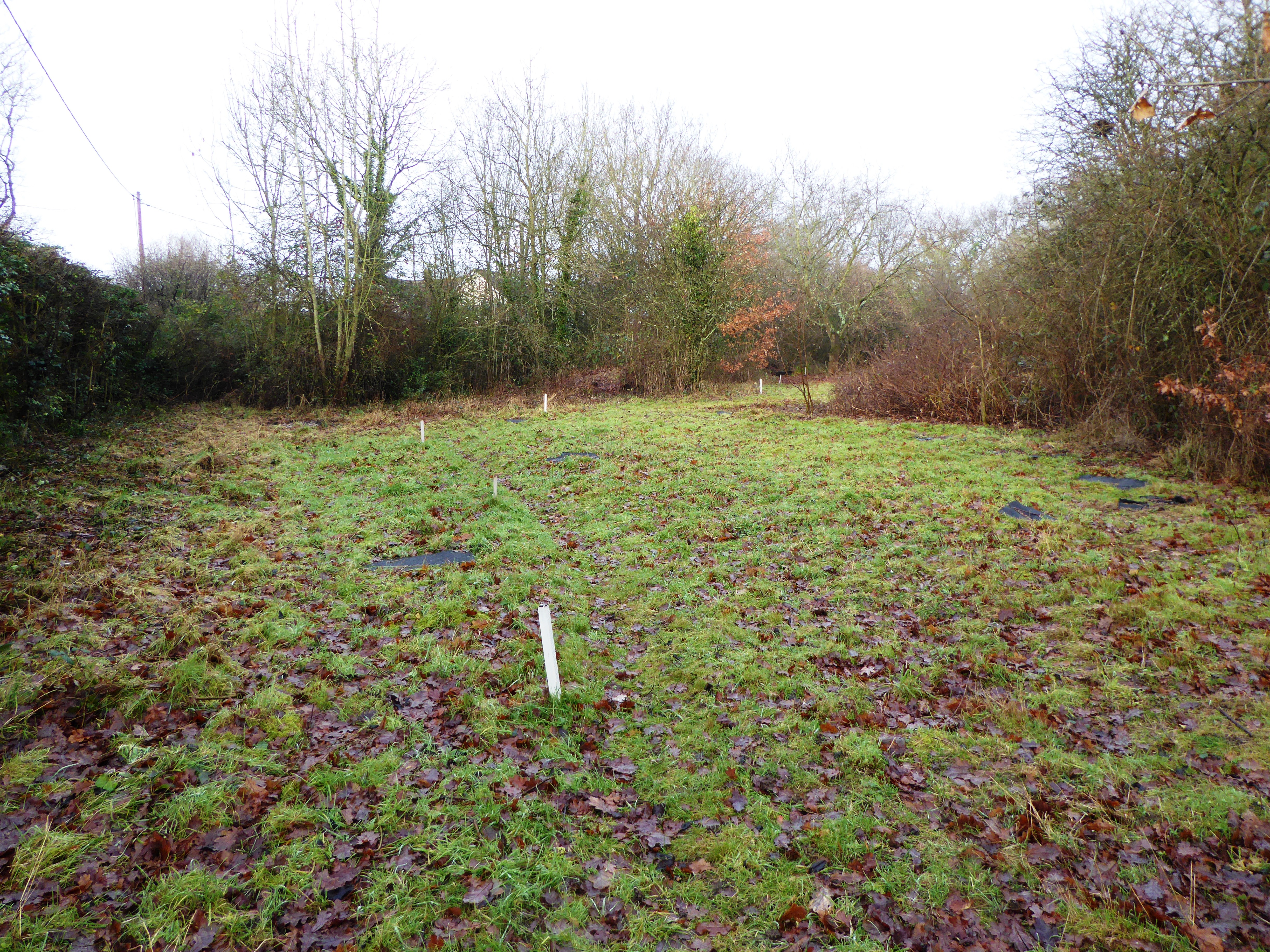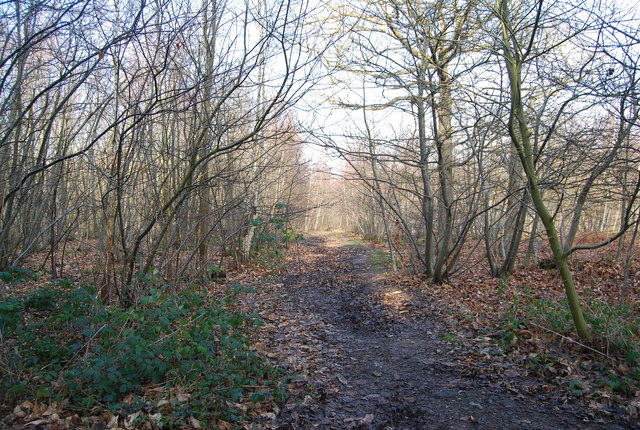Mintey's Wood
Wood, Forest in Kent Canterbury
England
Mintey's Wood

Mintey's Wood is a picturesque forest located in the county of Kent, England. Situated near the village of Mintey, the wood spans an area of approximately 100 acres and is a popular destination for nature enthusiasts and hikers alike.
The woodland is characterized by its diverse range of flora and fauna, with a mix of deciduous and evergreen trees creating a vibrant and lush environment. Oak, beech, and birch trees dominate the landscape, providing a canopy of shade during the summer months. The forest floor is covered in a carpet of bluebells and wildflowers, creating a stunning display of color in the spring.
The wood offers a variety of walking trails and paths that wind their way through the forest, allowing visitors to explore its beauty at their own pace. These trails are well-maintained and clearly marked, making it easy for both experienced hikers and beginners to navigate through the woodland.
Mintey's Wood is also home to a diverse range of wildlife. Red squirrels can often be spotted darting through the trees, while badgers and foxes make their homes in the undergrowth. The forest is also a haven for birdwatchers, with species such as woodpeckers, owls, and jays frequently sighted.
For those seeking a tranquil escape from the hustle and bustle of daily life, Mintey's Wood provides the perfect setting. Whether it's a leisurely stroll through the forest, a picnic amongst the trees, or simply soaking in the natural beauty, this charming woodland offers a peaceful and rejuvenating experience for visitors of all ages.
If you have any feedback on the listing, please let us know in the comments section below.
Mintey's Wood Images
Images are sourced within 2km of 51.321935/1.0602677 or Grid Reference TR1362. Thanks to Geograph Open Source API. All images are credited.

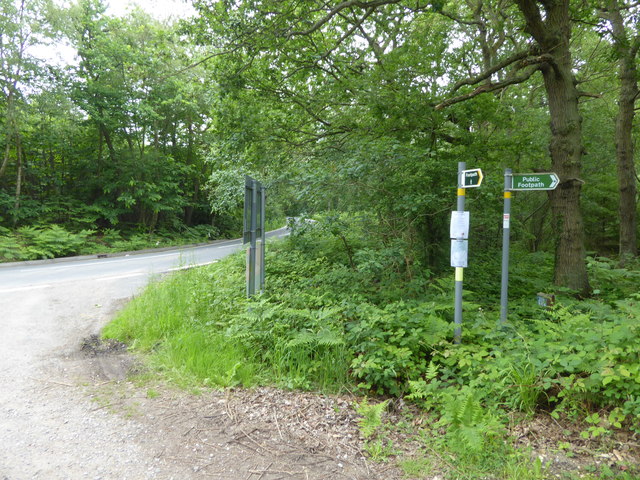
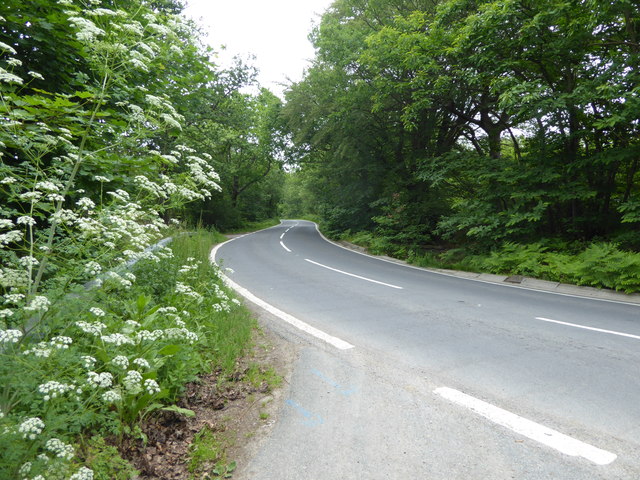
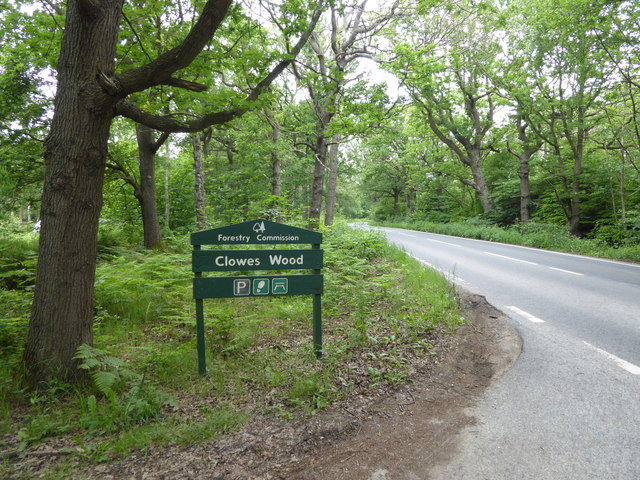
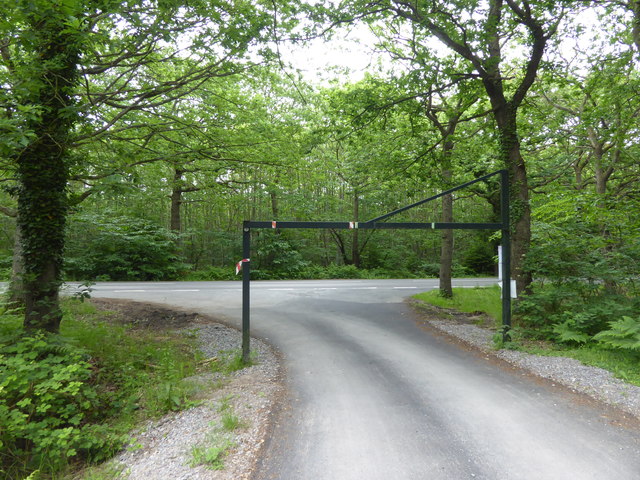
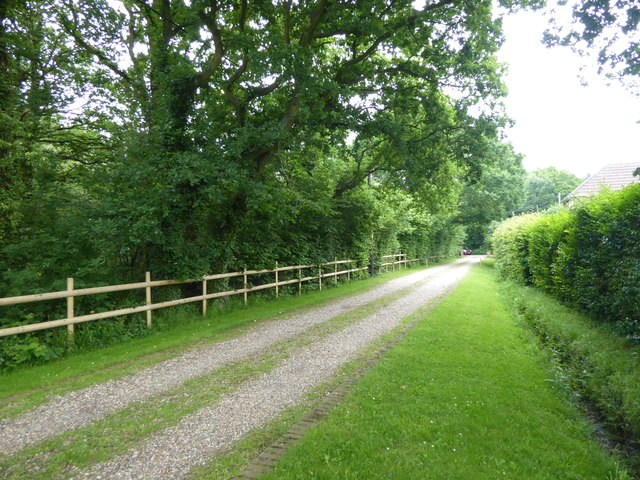
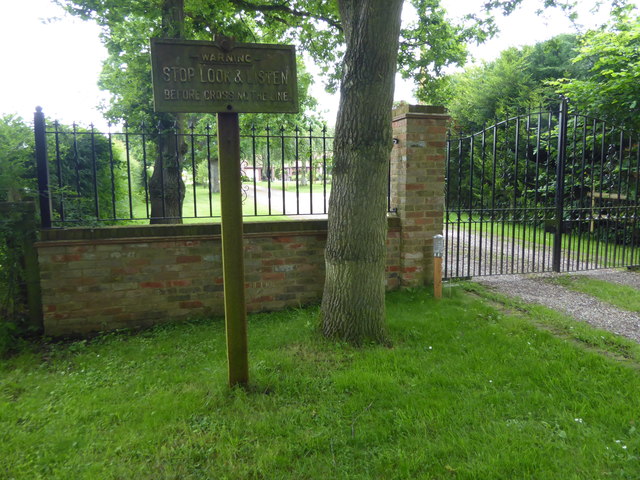
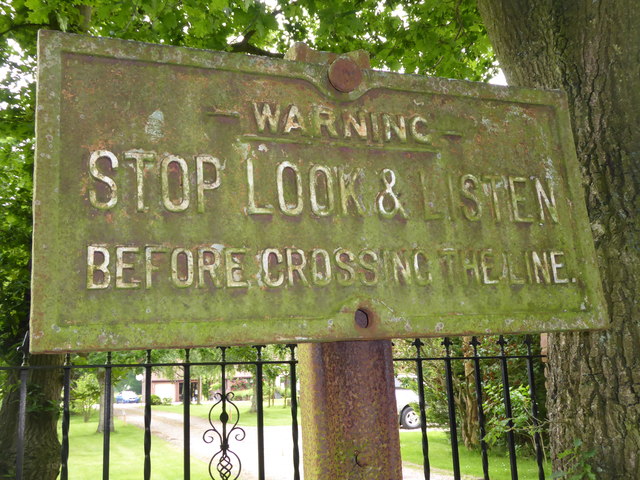
Mintey's Wood is located at Grid Ref: TR1362 (Lat: 51.321935, Lng: 1.0602677)
Administrative County: Kent
District: Canterbury
Police Authority: Kent
What 3 Words
///wedge.passes.vowed. Near Blean, Kent
Nearby Locations
Related Wikis
Blean and Tyler Hill Halt railway station
Blean and Tyler Hill Halt was a minor station on the Canterbury and Whitstable Railway at Tyler Hill, Kent. It opened in 1908 and closed in 1931. ��2...
Tyler Hill Meadow
Tyler Hill Meadow is a 0.8-hectare (2.0-acre) Local Nature Reserve in Hackington, north of Canterbury in Kent. It is owned by Hackington Parish Council...
Hackington
Hackington is an area of Canterbury in Kent, England, also known (especially historically) as St Stephen's, incorporating the northern part of the city...
Tyler Hill, Kent
Tyler Hill is a small village on the northern outskirts of Canterbury, Kent in England. The population is included in the civil parish of Hackington. Its...
Radfall
Radfall is a hamlet between Whitstable and Canterbury, in southeast England. It lies between the Thanet Way and Thornden Wood, in the Canterbury district...
Honey Hill, Kent
Honey Hill is a hamlet on the A290 road, near the village of Blean, in the Canterbury district, in the English county of Kent.
West Blean and Thornden Woods
West Blean and Thornden Woods is a 781-hectare (1,930-acre) biological Site of Special Scientific Interest north of Canterbury in Kent. It is part of the...
Blean
Blean is a village and civil parish in the Canterbury district of Kent, England. The civil parish is large and is mostly woodland, much of which is ancient...
Nearby Amenities
Located within 500m of 51.321935,1.0602677Have you been to Mintey's Wood?
Leave your review of Mintey's Wood below (or comments, questions and feedback).

